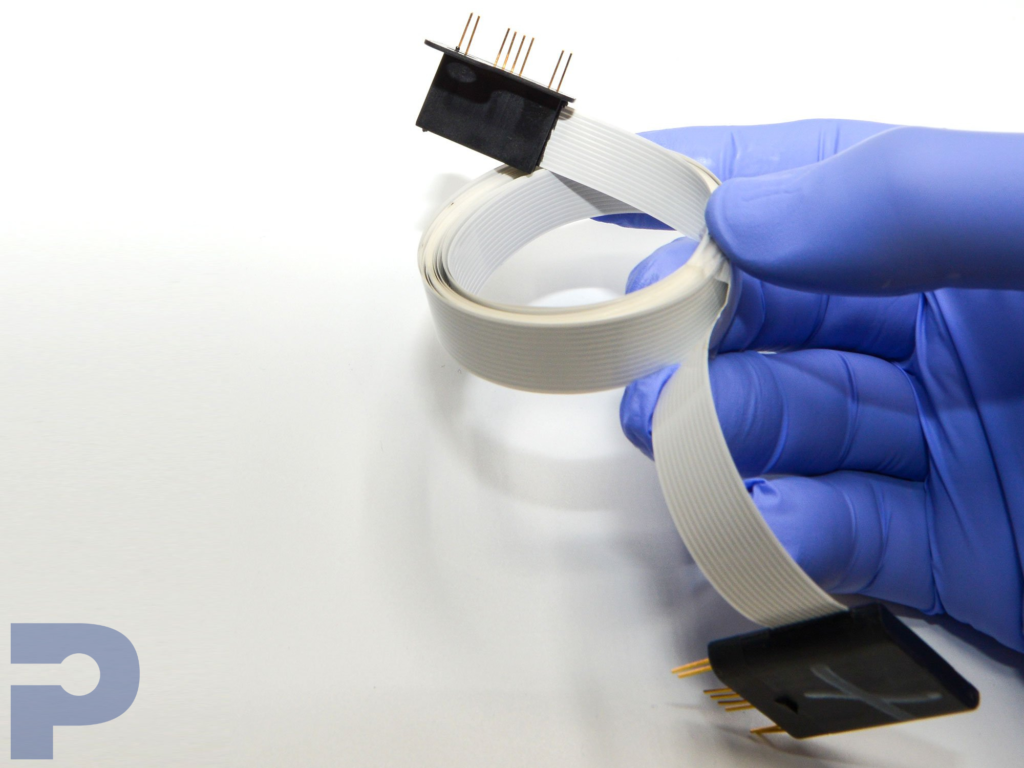
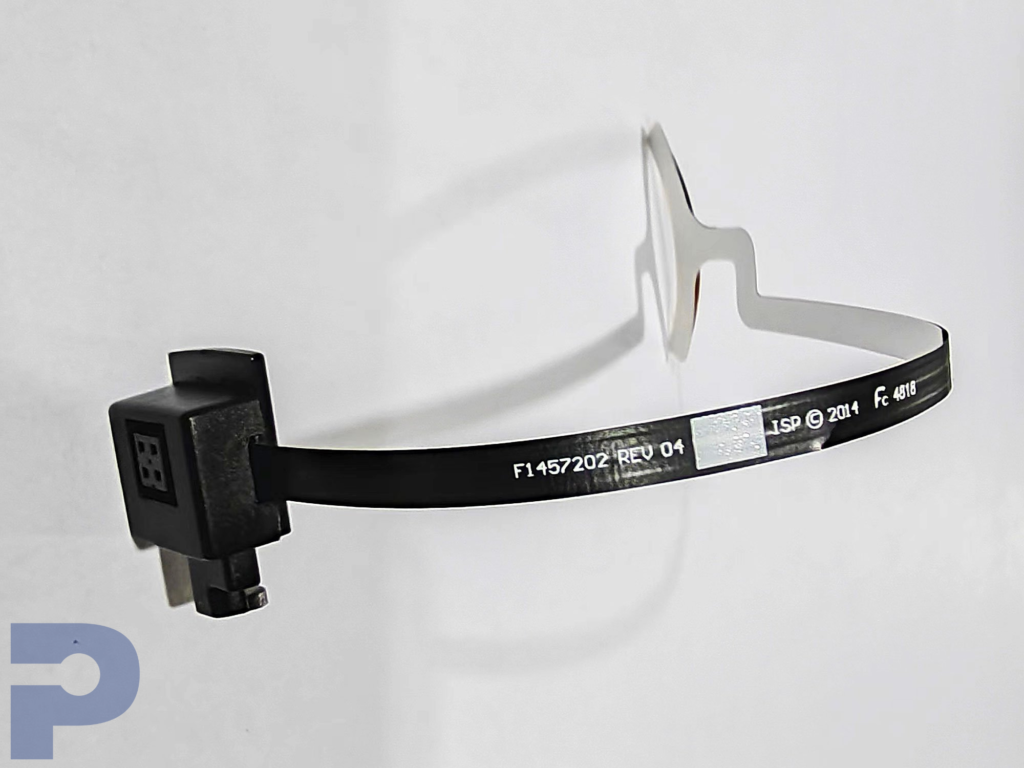
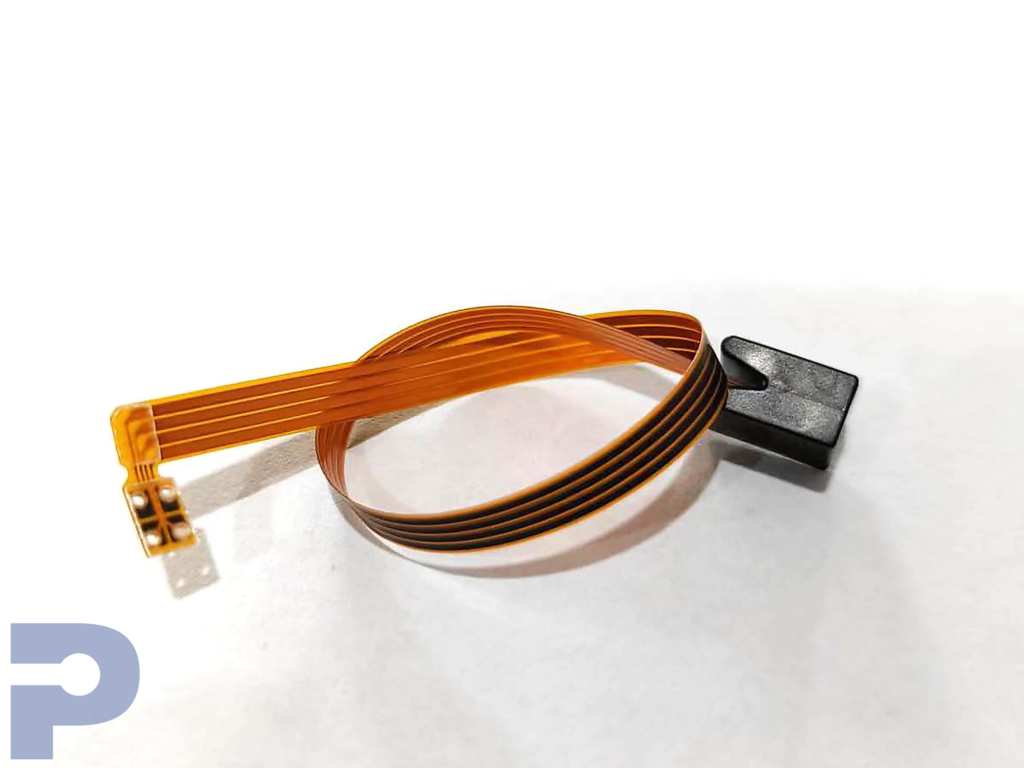
Overmolding Services
Advanced Protection for Electronic Assemblies
PICA Manufacturing Solutions provides advanced overmolding services to enhance the durability, protection, and functionality of electronic assemblies. Using durable thermoplastic or elastomeric materials, our overmolding process encapsulates PCBs, connectors, and wire harnesses—creating a sealed, ruggedized layer that protects against moisture, vibration, strain, and environmental exposure.
By integrating overmolded electronics into your design, you can reduce the need for secondary enclosures, streamline product assembly, and improve long-term reliability in demanding applications. From functional prototypes to high-volume runs, PICA delivers custom solutions built for the mechanical and environmental challenges of modern electronic systems.
Why Choose PICA for Overmolding?
Custom Solutions – Tailored overmolding for flex circuits, connectors, cables, and user interfaces.
Material Expertise – Thermoplastics and elastomers selected for durability, ergonomics, and compliance.
Precision Tooling – High-quality molds engineered to support complex geometries and repeatability.
Scalable Production – From prototype validation to high-volume manufacturing runs.
Integration Ready – Overmolding designed to align seamlessly with PCB and electronic assemblies.
Overmolding Capabilities (Highlights)
Thermoplastic and elastomeric overmolding
Direct overmolding onto PCBs, flex circuits, and wire harnesses
Multi-material and complex geometry support
Strain relief for cable assemblies
Ergonomic and functional enhancements for user interfaces
Benefits of Overmolding
Enhanced Protection
Encapsulation shields electronics from moisture, vibration, mechanical stress, and environmental exposure.
Improved Reliability
By sealing sensitive areas, overmolding increases durability and reduces failure rates in harsh applications.
Design Flexibility
Supports complex geometries, ergonomic enhancements, and multi-material designs tailored to user needs.
Reduced Assembly Costs
Eliminates secondary housings or enclosures, simplifying builds and lowering overall system costs.
Better User Experience
Overmolding improves ergonomics, grip, and product aesthetics, enhancing functionality and usability.
Markets & Applications
Medical Devices
Sealed, biocompatible assemblies for portable monitors, sensors, and patient-safe interfaces.
Automotive & Transportation
Durable overmolded harnesses, connectors, and modules resistant to vibration and environmental stress.
Industrial Equipment
Ruggedized electronics for robotics, automation, and heavy-duty environments.
Consumer Electronics
Custom grips, enclosures, and strain-relieved cables that improve usability and durability.
Defense & Aerospace
Encapsulated assemblies that withstand extreme conditions and ensure mission-critical reliability.
The blogs featured below expand on this page’s content, offering detailed insights into specific design, manufacturing, and application topics that provide added relevance and deeper context for engineers and decision-makers.
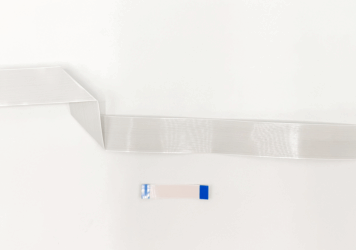
Flat Flexible Cables (FFC): A Cost-Effective and Scalable Interconnect Solution
For engineers balancing performance, flexibility, and cost, Flat Flexible Cables (FFC) remain one of the most efficient...
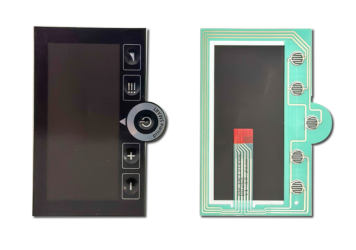
Conductive Inks and Their Role in Flexible and Printed Electronics
Conductive Inks and Their Role in Flexible and Printed ElectronicsAs electronics continue to evolve beyond rigid, boxy enclosures, the materials...
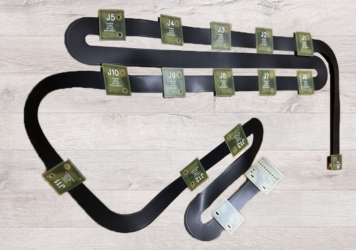
Choosing the Right Manufacturing Method for Extra-Long Flexible Circuits
FPC (Flexible Printed Circuit) manufacturing has evolved significantly, with both panel-based and roll-to-roll (RTR) processing methods widely used. Each method...
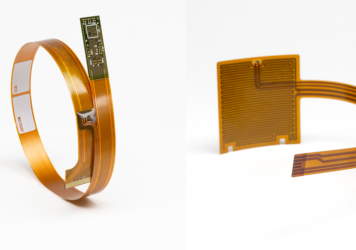
Understanding Copper Limits & Bend Radius in Flex PCBs
Whether you're designing for a high-durability dynamic application or a compact static installation, every detail matters—from copper type and thickness...

Understanding Flexible Printed Circuit (FPC) Cost Drivers
Flexible Printed Circuits (FPCs) are essential components in modern electronics, enabling lightweight, compact, and high-performance designs. However, they come...
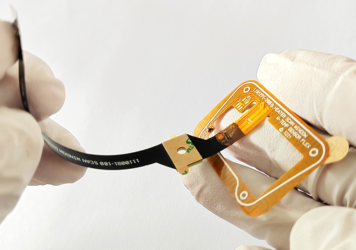
Common Mistakes Made by PCB Designers When Designing Flexible Circuits (FPCs)
Flexible Printed Circuits (FPCs) are widely used due to their lightweight, flexible, and compact nature, making them ideal for...
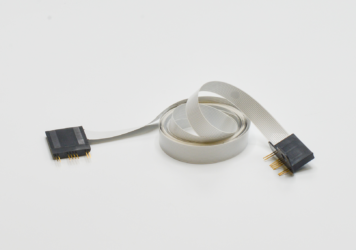
The Overmolding Solution
The Customer: A manufacturer in the motorcycle industry sought to enhance the design of their motorcycle steering wheels. They required...

Shielding Solutions to Protect Your FFC Cables
Ever increasing signal speeds and high noise environments make EMI/RFI shielding an essential requirement for FFC’s (Flat Flexible...
Request Your PICAKit Today
We want you to take a look at what we can produce for you by offering you a PICAKit which includes a variety of flexible pcb, shields, & flat flexible cables.

